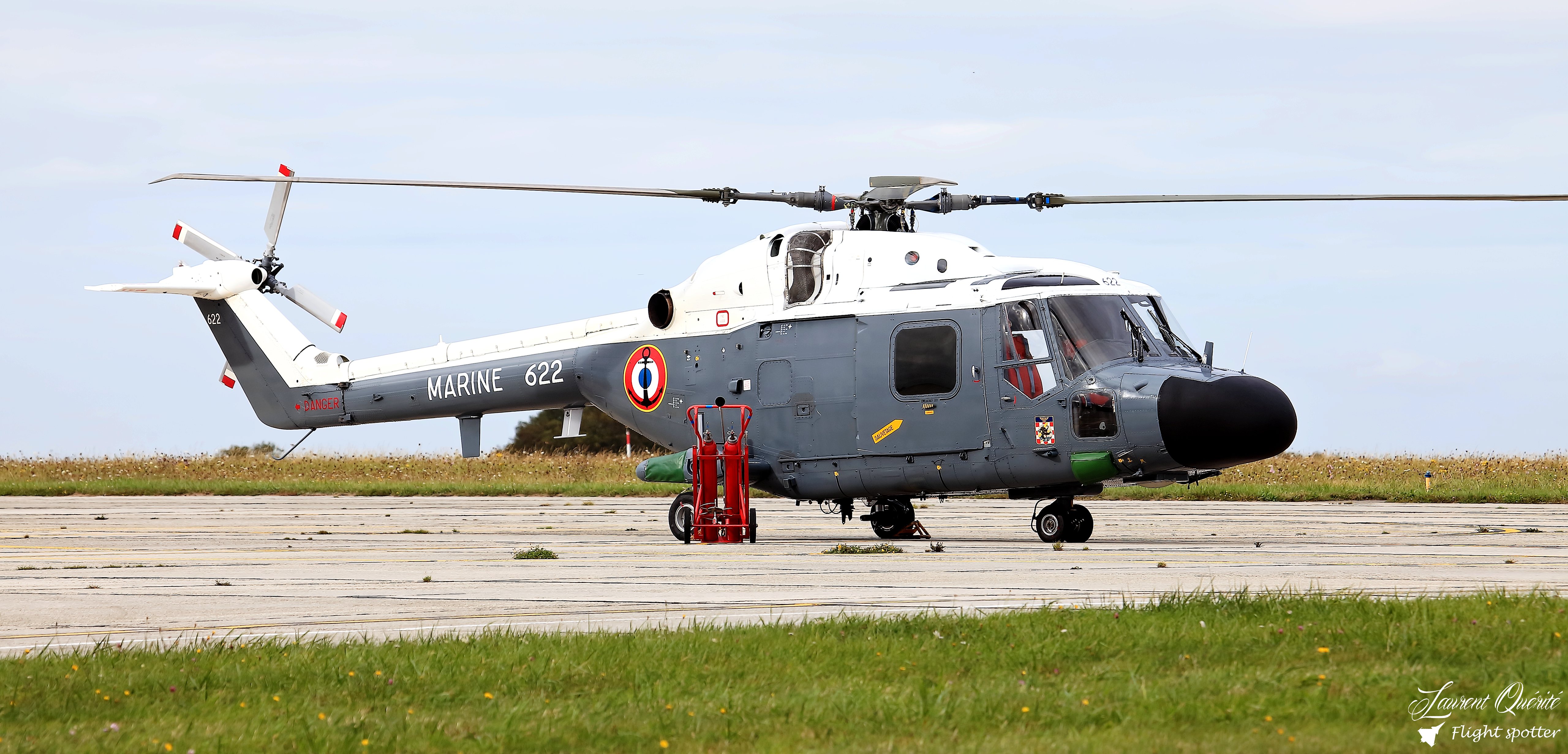Si le système d'arme commençait à dater (malgré le MU90), le vecteur était très apprécié pour ses performances de vol.
A la grande époque, les FASM F70 embarquaient 2 machines et autant d'équipage, et elles n'appararaillaient pas sans leur détachement embarqué.
http://www.opex360.com/2020/09/07/marin ... reverence/
Photos par Laurent Quérité:
https://flic.kr/s/aHsmQzMBCZ
Visiblement, ils ont refait les différentes peintures de la carrière de l'appareil.
 272 / 272 - Westland Lynx Mk4 by Laurent Quérité, sur Flickr
272 / 272 - Westland Lynx Mk4 by Laurent Quérité, sur Flickr 267 - Westland Lynx Mk2 by Laurent Quérité, sur Flickr
267 - Westland Lynx Mk2 by Laurent Quérité, sur Flickr 273 / 066 - Westland Lynx Mk2 by Laurent Quérité, sur Flickr
273 / 066 - Westland Lynx Mk2 by Laurent Quérité, sur Flickr 622 / 094 - Westland Lynx Mk2 by Laurent Quérité, sur Flickr
622 / 094 - Westland Lynx Mk2 by Laurent Quérité, sur Flickr














